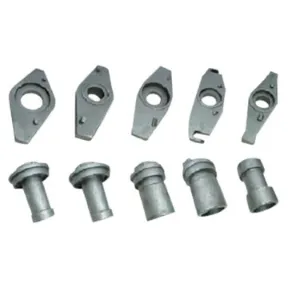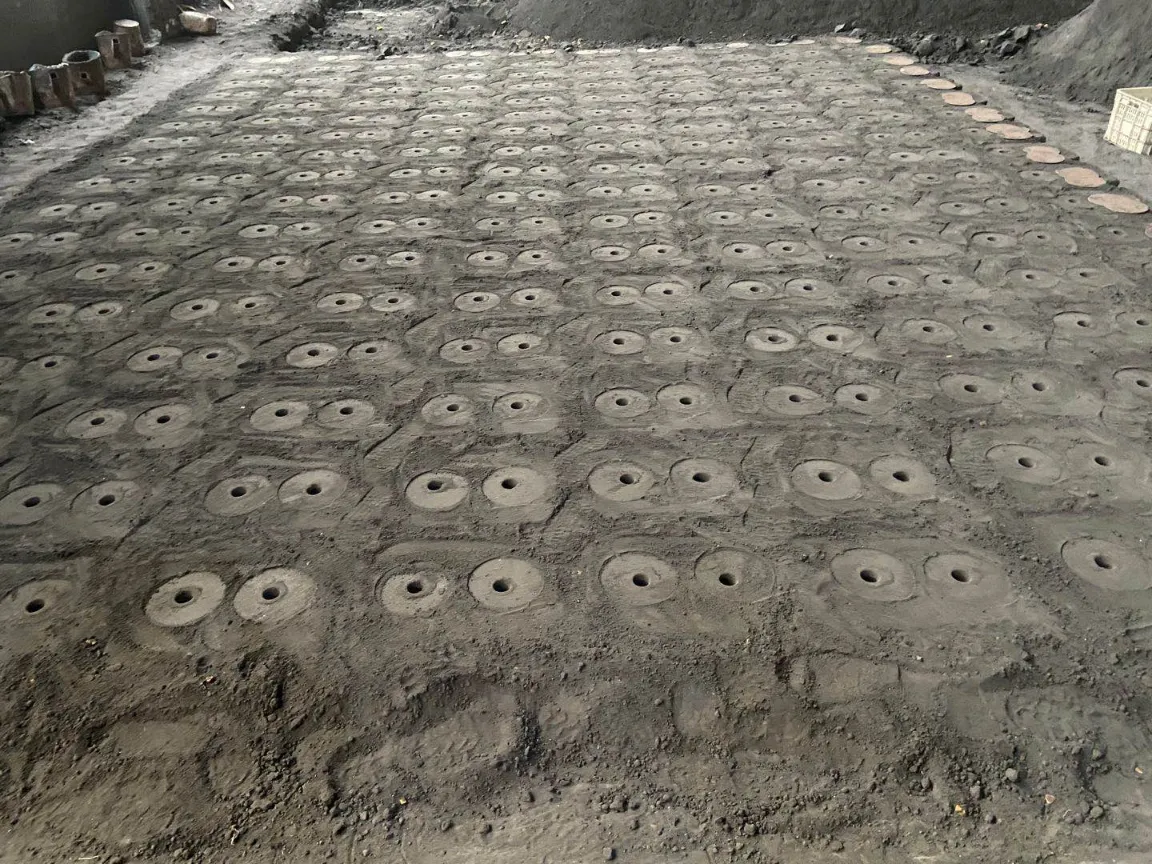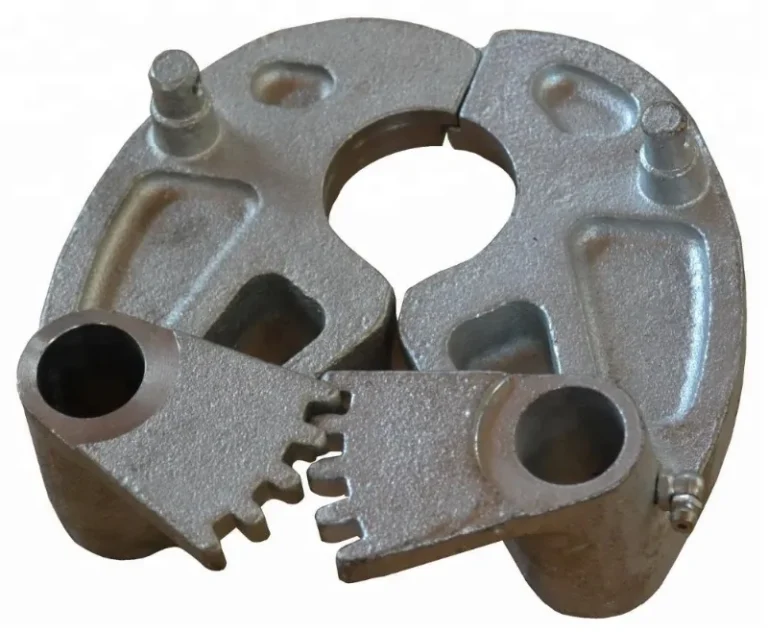
Introduction — Why Bucket Teeth and Adapters Matter
Bucket teeth and adapters are the tough workers of excavators. They dig through dirt, rocks, and more, taking the hits so the machine stays safe. Without them, digging would be slow and pricey. These parts face constant wear, bumps, and pressure, so they wear out quick and need swapping often. Picking the right ones saves time and cash over time. Baoqi, a foundry making steel and iron parts, has supplied custom bucket teeth and adapters to big construction brands worldwide for over ten years. Their know how shows how much care goes into these small, vital pieces.
Getting to Know the Components
Bucket Teeth
Bucket teeth do the hard digging. They cut into soil, gravel, or stone, shielding the bucket from damage. Different types fit different tasks: pointy teeth break through tough ground, flat ones scoop loose stuff, rock teeth handle rough quarry jobs, and all purpose teeth work for daily tasks. The job site picks the tooth. For example, rock teeth on soft dirt waste money, but flat teeth on rocky ground break fast. Matching the tooth to the work matters, and it ain’t always easy.
Adapters
Adapters link teeth to the bucket’s edge, like strong glue holding it all tight. They gotta be sturdy, exact, and handle big hits without breaking. A bad adapter can wiggle loose, making teeth shaky or hurting the machine. A good fit keeps everything working smooth and makes teeth and buckets last longer.
Materials That Make a Difference
Common Casting Materials
The stuff bucket teeth and adapters are made of decides how long they last and how good they work. High manganese steel, alloy steel, and ductile iron are top picks. Each has ups and downs:
| Material | Hardness | Toughness | Wear Resistance | Cost |
|---|---|---|---|---|
| High Manganese Steel | High | Excellent | Very Good | High |
| Alloy Steel | Medium | Good | Good | Medium |
| Ductile Iron | Lower | Moderate | Moderate | Low |
High manganese steel rocks for rough sites but costs a lot. Alloy steel’s a middle ground, tough enough for less cash. Ductile iron’s cheap but wears out quick in harsh spots. You gotta pick what fits the job.
Choosing the Right Material for the Job
The work site picks the material. Soft dirt or sand? Ductile iron or alloy steel works fine without overdoing it. Rocky or gritty spots need high manganese steel for its staying power. For example, a quarry smashing granite needs teeth that won’t snap. A landscaping gig can use cheaper stuff. Baoqi tweaks alloy mixes to match clients’ needs, balancing strength and wear. That customization boosts how well parts hold up.

Casting Process and Quality Control
Manufacturing Techniques
Making bucket teeth and adapters uses casting tricks like sand casting, investment casting, and precision machining. Sand casting’s good for big, simple shapes and keeps costs low. Investment casting handles tricky designs with tight fits, but it costs more. Precision machining finishes things off for perfect fits. Each way fits different part sizes and needs, based on the job.
Ensuring Consistent Quality
Quality’s more than a shiny finish. It starts with checking raw materials using spectrometers. Heat treatment toughens parts to take hits. Surface checks catch cracks or flaws. Tools like hardness testers and measuring machines check every bit. Steady quality’s key for global clients who can’t afford delays from bad parts. One dud tooth can stop a whole job, and that’s a pain nobody wants.
Design and Fit Accuracy
The Importance of Fit
How teeth and adapters fit together is everything. Too loose? Teeth wobble, wear fast, or fall off. Too tight? Installing’s a hassle and might wreck the bucket. A perfect fit makes parts work smooth and last longer. Even a tiny mismatch can cause big headaches, like quick wear or bucket damage.
Engineering and Customization
Good design needs precision. CAD models and custom plans make sure every tooth and adapter fits the bucket just right. Some makers, like Baoqi, go all out, tailoring parts for specific machines or jobs. Their work with big brands proves precision matters—they’re known for nailing even tough, custom jobs. It’s not just making parts; it’s making ‘em fit like a charm.
Surface Treatment and Finishing Options
Common Finishing Techniques
Finishing gives bucket teeth and adapters their final touch. Shot blasting smooths surfaces and cleans up flaws. Painting or coating fights rust. Marking adds branding or helps spot part types. Each step has a job: blasting preps surfaces, coatings block corrosion, and markings keep sites organized.
Improving Durability and Aesthetics
Surface treatments ain’t just for looks. A solid coating can make parts last twice as long in wet or salty spots. Color coded coatings help crews grab the right tooth fast, saving time. For example, a red rock tooth stands out from a yellow flat one, cutting mix ups. It’s a small thing, but on a busy site, it matters.
Balancing Cost and Durability
Cheap parts might seem like a deal now, but they crap out quick, meaning more swaps and downtime. High quality castings cost more up front but last way longer, saving on fixes. It’s pay now or pay more later. Baoqi’s one stop casting and machining helps cut sourcing costs while keeping parts solid. That can swing things toward long term savings.
Choosing a Reliable Casting Partner
Picking a supplier’s more than just price. Check their experience, certifications, and gear. Can they deliver on time? Do they get your needs? Clear talk matters as much as skill—nobody’s got time to chase fuzzy emails mid-project. A steady partner who knows your needs beats a cheap one who skimps. Trust and dependability are gold.
Final Thoughts
Picking bucket teeth and adapters boils down to a few big things: material, making process, fit precision, surface treatment, and balancing cost with toughness. Skimp on any, and your work suffers. Focus on performance and reliability over just price, and your gear will run smoother with less breakdowns. Baoqi’s proven foundry skills and track record with global equipment makers show they deliver solid casting solutions for tough construction sites. It’s about building parts that work as hard as the machines they’re on.
FAQ
Q: How often should bucket teeth be replaced?
Depends on material and work site. In rough spots like quarries, teeth might need swapping every few weeks. In soft dirt, they can last months. Regular checks spot wear early.
Q: Can the same adapters work with different tooth types?
Sometimes, but not always. Adapters are made for specific tooth styles and bucket edges. Always double check to avoid fit problems.
Q: Why are high manganese steel teeth so expensive?
They’re super tough and wear slow, lasting longer in rough conditions. Higher material and making costs match that strength.
Q: What’s the benefit of custom castings?
Custom castings fit the machine and job site exactly, boosting performance and cutting wear. They’re great for special or heavy duty projects.








